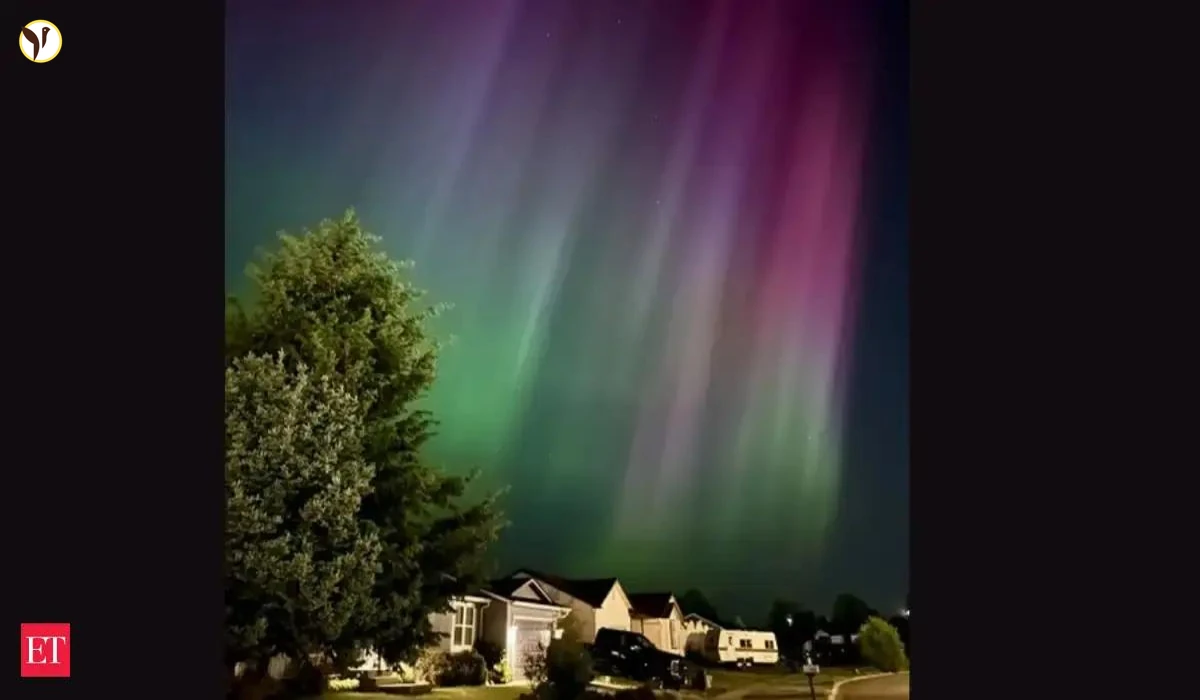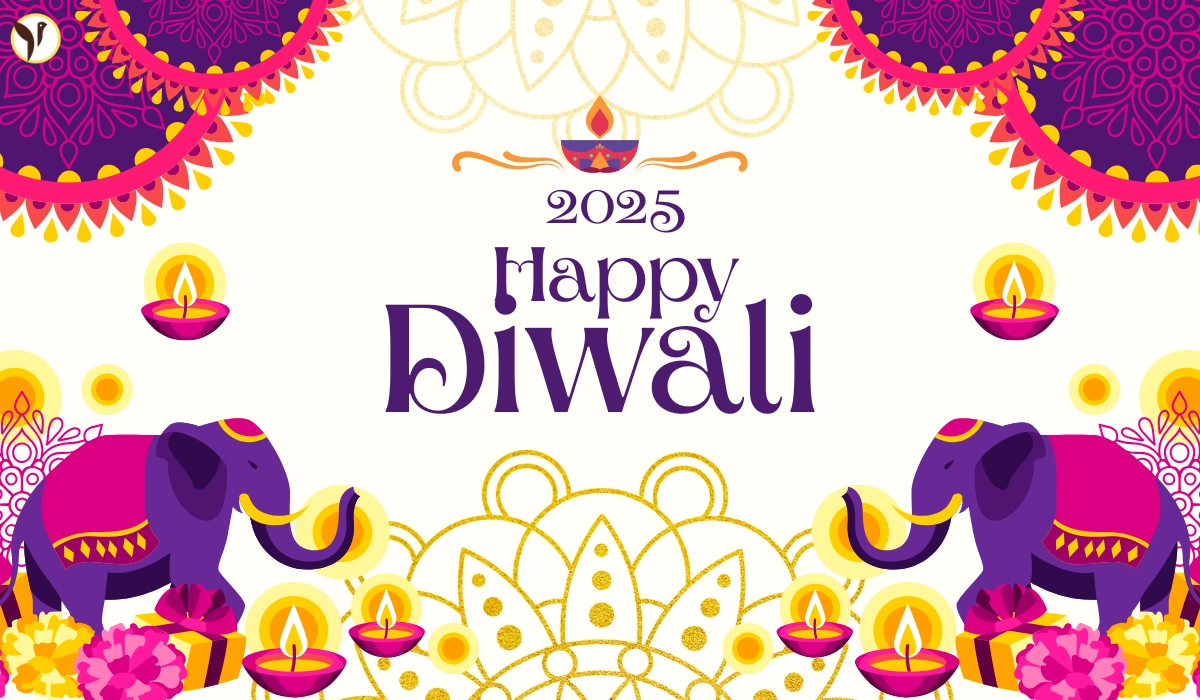Aurora Borealis Lights Up US Skies!
Northern Lights Dance Across US Skies!
Folks, get ready for some seriously amazing celestial fireworks! A powerful geomagnetic storm is sending the Aurora Borealis—those stunning Northern Lights—much further south than usual, treating parts of the US to a spectacular light show. We're talking vibrant colors dancing across the night sky, something you don't see every day (or even every year, honestly!).
Where to Catch the Show
According to the National Oceanic and Atmospheric Administration (NOAA), the best viewing window is likely from Monday night, June 2nd, into Tuesday morning, June 3rd, 2025. Thirteen US states have a good shot at witnessing the aurora, especially those closer to the Canadian border. But even states further south might get lucky!
Here’s the list of states where there’s a chance to witness the breathtaking light show:
- Alaska
- Montana
- North Dakota
- Minnesota
- Wisconsin
- Michigan
- South Dakota
- Vermont
- New Hampshire
- Maine
- Idaho
- Washington
- Oregon
- New York
- Massachusetts
- Nebraska
- Iowa
- Wyoming
- Illinois
- Connecticut
- Alabama
I've heard from some folks at NOAA that the Kp index—a measure of geomagnetic activity—is expected to hit a level 5. That means the aurora oval could stretch far south of its normal range.
Tips for Aurora Hunting
Want to maximize your chances of seeing the Northern Lights? Here's what you need to do:
- Escape the city lights: Head to a dark location, preferably high ground, away from light pollution. Parks or rural areas are ideal.
- Check the weather: Clear skies are essential. Clouds will totally ruin your view. So check that forecast!
- Time it right: The best time to watch is usually between 10 p.m. and 2 a.m. local time.
- Be patient: The aurora can be unpredictable. Bring warm clothes, a blanket, snacks, and something warm to drink. It’s a waiting game!
Capturing the Magic
Want to photograph the aurora? It's surprisingly easy, even with a smartphone! Here's the simple trick:
- Use your main camera lens (not the wide-angle one).
- Use a tripod or steady surface to avoid blurry pictures.
- Shoot in RAW format if your phone allows it. This gives you more editing flexibility.
What Causes the Aurora?
The Northern Lights are caused by charged particles from the sun colliding with gases in Earth's atmosphere. This creates a spectacular light show. Different gases produce different colors—oxygen often creates greens and yellows, while nitrogen can produce blues and reds. Pretty neat, huh?
Don't Miss Out!
This is a rare opportunity to witness a truly breathtaking natural phenomenon right here in the US! So grab your camera, bundle up, and head to a dark spot. And remember to share your photos! I'd love to see what you capture.









